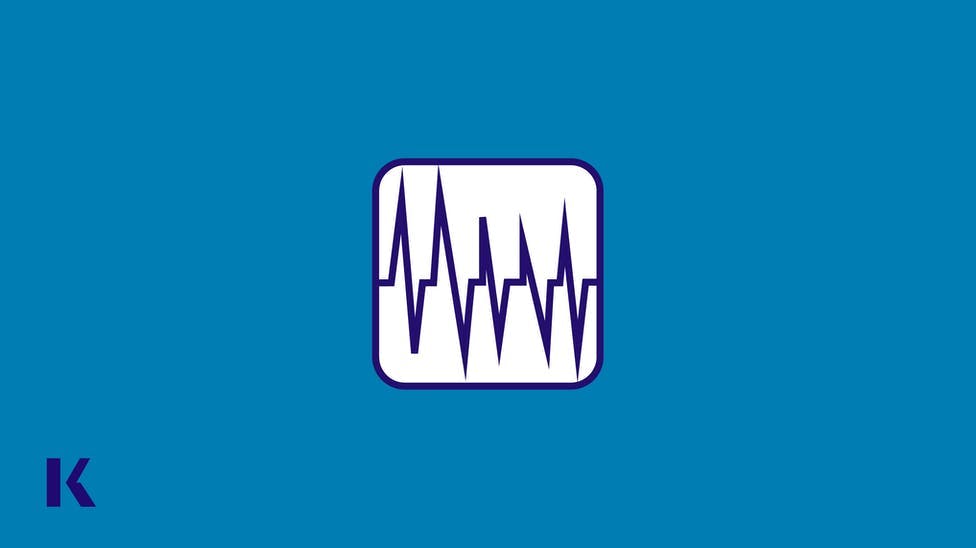Preparing Students for Nursing Care in the Technological Healthcare Environment
by Dr. Christi Doherty DNP, RNC-OB, CNE, CHSE, CDP, Executive Director, Nursing & i-Human Patients | July 13, 2021

Advances in healthcare technology are transforming the work of nurses and innovative technology at the bedside directly impacts care: Smart beds weigh patients and monitor movements. Portable monitors provide vital sign information, EKGs, oxygen levels, ultrasounds, and other immediate patient information to increase the efficiency of nursing care. Medication administration systems and smart IV pumps allow for accurate and safe delivery of medications and IV fluids. Electronic health records (EHRs) enable immediate access to current patient data, allowing nurses and healthcare providers to identify changes in patient conditions quickly. All these technological advances improve the quality of patient care and have direct implications for nursing education.
As educators, we must teach nursing students about technology at the bedside and engage the students with technology in the classroom to prepare them for the responsibilities of the nursing workforce. And, we must ensure that students are not just learning to perform tasks for patients, but learning to care for them.
Technology Challenges at the Bedside
With all the benefits technology can provide for the patient, there are some challenges nurses must be prepared to address. What happens when the smart equipment malfunctions or there is a power outage? Nurses must be ready to continue patient care with manual devices and alternative forms of documentation to avoid delays in care interventions. The EHR improves communication about the patient but is susceptible to security breaches and privacy concerns, not to mention eye strain and “click fatigue” or “mouse miles” that decrease efficiency. Other challenges such as alert and alarm fatigue can jeopardize the benefits of technology. An integral part of nursing practice at the bedside should include recognition of technology challenges and continuous quality improvement efforts.
Technology in the Classroom
Technology advances in the healthcare environment impact the nursing student’s education process. Not only must the nurse be trained to utilize all the technology in the hospital, but they need technology in the classroom, and even at home in light of the recent changes to distance education to enhance learning. Active learning techniques assist the student in understanding and applying the information gained from classroom preparation and assignments.
These active learning techniques often include audience response systems to interact with the nursing professor and peers. The systems allow the professor to gauge the attainment of knowledge and evaluate areas of strength and weaknesses in learning. Many apps are available to provide students with accurate and valid information on diseases and medications from reputable sources.
Reviewing the information in the classroom can engage students In learning how to use and evaluate resources. Kaplan’s i-Human Patients virtual simulations can bring clinical experiences to the classroom, allowing students as a group to assess and evaluate a patient, fostering learning and teamwork. Just like the nursing licensure exam (NCLEX), adaptive technology, such as the Kaplan Computer Adaptive Test (CAT), identifies where students need to focus their efforts to enhance their content knowledge and abilities. The detailed results let the students strengthen their learning effectively.
Caring and Technology
Nursing is an art, as well as a science. The art of nursing―indeed the essence of nursing―is caring and compassion. As educators, we need to teach students to see beyond technology and connect with the patient in a personal, caring manner.
The first steps to show caring are introducing yourself, making eye contact with the patient, and genuinely listening to them. Directly and politely answering questions demonstrates respect for the patient and empathy for the challenges they may face in the healthcare environment. Students should be encouraged to show empathy with supportive gestures, such as holding the patient’s hand when appropriate. These actions are opportunities for patients to feel the nurse is partnering with them during their struggles. Some nurses have expressed that talking and interacting with patients adds to the nursing workload; however, it ultimately enhances the nursing experience. Additionally, the connection and emotional bonds are linked to patient satisfaction and better clinical outcomes.
Conclusion
Technology is making the healthcare environment and the world a more connected place. But to be truly connected, we cannot sacrifice the human interactions that are a foundational component of nursing. The nurse who engages with the patient while embracing the technology will provide the optimal nursing care in the technological healthcare environment.
NCLEX® is a registered trademark of the National Council of State Boards of Nursing, Inc. Test names are the property of the respective trademark holders, none of whom endorse or are affiliated with Kaplan.

Dr. Christi Doherty is the Executive Director of Nursing & i-Human Patients at Kaplan North America. Dr. Doherty is a skilled researcher, valued professor of nursing, experienced clinical nurse, and designer of virtual simulations. She has earned certifications in nursing education, healthcare simulation education, diversity, and inpatient obstetrics. Dr. Doherty has published several books and journal articles and presented nationally and internationally on diverse subjects such as clinical judgment, mentorship, simulation, and students' engagement in statistics and informatics.
